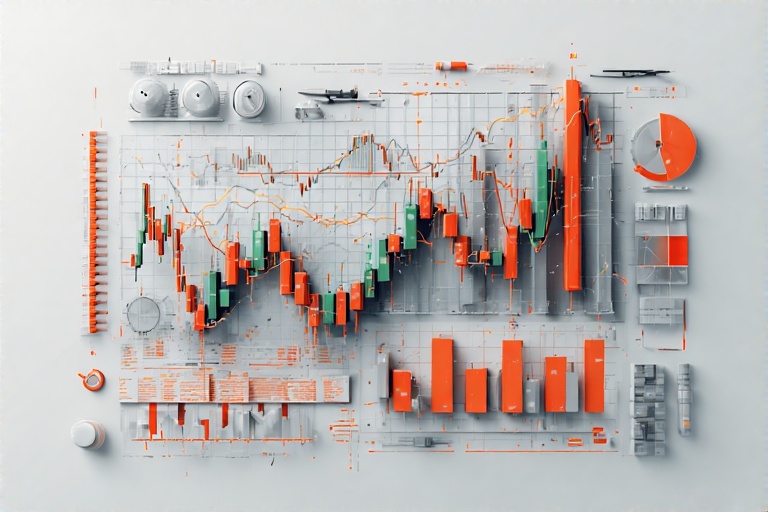Investors constantly ask whether they should deploy cash when markets are soaring or sit on the sidelines until a correction arrives. Logic argues “buy low, sell high,” yet history shows that waiting for the “perfect” moment often means missing the biggest gains. This article examines the evidence on both sides, explains why timing extremes rarely works, and lays out a simple framework to enter the market with confidence—whether valuations feel stretched or bargain-basement cheap.
What Makes a Market “Bull” or “Bear”?
A bull market is typically defined as a rise of 20% or more from a recent low; a bear market, a drop of 20% or more from a peak. These thresholds help us label long-term trends, but they seldom line up neatly with investors’ calendar or cash-flow needs. More important than labels is understanding the forces at play: economic growth, corporate profits, interest rates and market psychology all drive prices together.
The Allure and Illusion of Perfect Timing
Everyone wants to buy at the exact bottom and sell at the exact top. Yet studies show that the market’s best days often cluster around its worst. For instance, missing just the 10 strongest trading sessions over a 20-year span can cut cumulative returns by roughly half. Chasing dips can leave investors frozen out of the very rebounds they anticipated.
Investing at New Highs: Surprising Evidence
Conventional wisdom says buying at all-time highs is a recipe for poor returns. But data from the 1988–2020 period tells a different story. On average, one-year returns after the S&P 500 set a new high were 14.6%, compared with 11.7% on a randomly chosen day. Over three and five years, buying on fresh peaks also outperformed entering at random times. In other words, new highs often signal sustained momentum rather than imminent reversals.
Why Waiting for Lows Backfires
- Unpredictable depth: A 10% pullback one year can be 20% the next. Setting an arbitrary dip target may leave you sitting on ready cash as markets recover.
- Opportunity cost: Cash in the bank earns little while markets compound gains. Inflation can erode idle cash over time.
- Emotional drag: Fear of buying at high levels often morphs into regret watching the market climb without you.
A Repeatable Entry Framework
Rather than chasing ideal tops or bottoms, use a disciplined process that works in any environment.
- Allocate core and tactical buckets: Invest 70–80% of new cash immediately in a broad market index or low-cost ETF. Reserve 20–30% as tactical dry powder for dips or specific opportunities.
- Dollar-cost average the reserve: Spread the tactical sleeve evenly over 3–6 months. This smooths out volatility and avoids sitting fully in cash for long stretches.
- Valuation guardrails: Set simple valuation thresholds—for example, if the S&P 500 forward P/E exceeds 22×, pause dollar-cost averaging for one month; resume once it falls below 20×.
- Sentiment overlay: Monitor a fear-greed index or put/call ratio for extreme readings. Use spikes in fear as cues to deploy extra cash, and extreme greed as a signal to trim speculative positions.
- Regular rebalancing: Quarterly or semiannual rebalance brings your allocation back in line—selling what’s grown too large and buying what’s lagged.
Let Me Show You Some Examples …
- 2008–2009 Crisis: The S&P 500 peaked in October 2007 and fell 57% into March 2009. Investors who stayed invested saw the index recover its 2007 high by March 2013, earning roughly 6.5% annualized despite entering at the peak.
- Covid-19 Sell-Off: From February to March 2020 the S&P 500 fell 34%. By August 2020 it hit new highs—five months after its trough. Cash deployed at pre-crash levels still recouped within six months.
- Post-2009 Bull Run: Multiple record highs from 2009 onward offered profitable entry points, illustrating that buying on new peaks often aligns with continued growth in earnings and liquidity.
Conclusion
No one can pinpoint market extremes perfectly—and attempting to do so often leaves investors on the sidelines when returns occur. Historical evidence shows that fresh highs frequently lead to further gains, and missing the best rebound days inflicts the greatest long-term damage. By combining immediate core deployment, systematic dollar-cost averaging, simple valuation thresholds, a sentiment overlay and regular rebalancing, you can “buy at highs” and still capture the occasional dip—turning timing myths into a repeatable edge.







Add a Comment